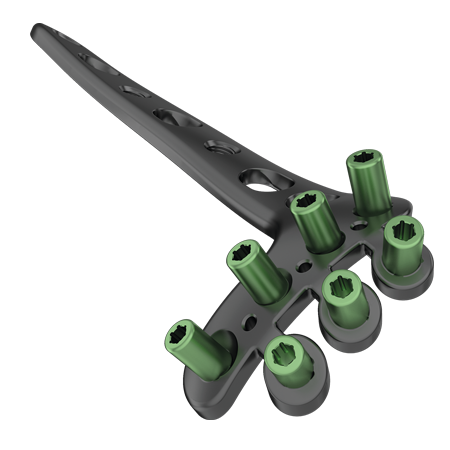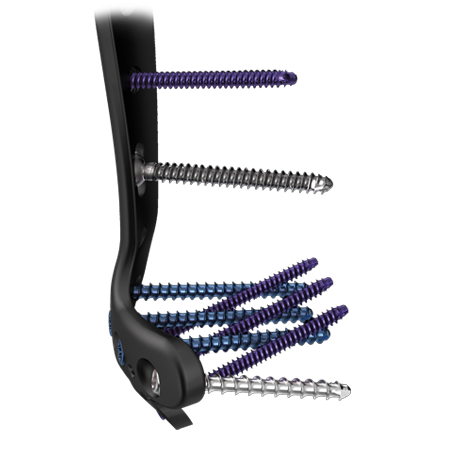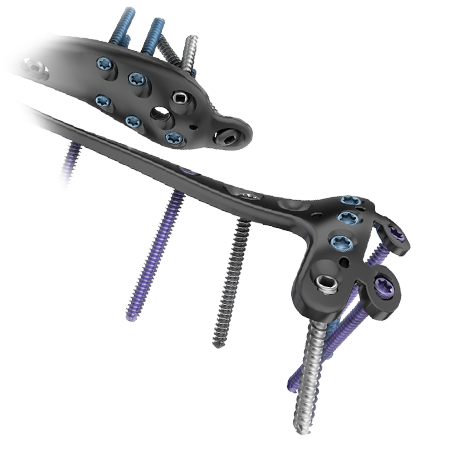Distinctly Contoured to Align with the Distal Tibia
A.L.P.S.® Distal Tibia Plating Systems
Low Profile, Anatomically Contoured
The A.L.P.S. Distal Tibia Plating System combines strength with a low profile, designed to make it ideal for distal tibia procedures that often involve complex fractures and minimal tissue coverage. The plate’s design allows it to sit tightly next to the distal ridge of the tibia and provide strong fixation in comminuted fractures or osteoporotic bone.
Anatomy
- Ankle
Procedure
- Distal Tibia Fracture
System Features
The A.L.P.S Distal Tibia Plating System represents the next generation in anatomic plate design. It combines the benefits of low-profile titanium plate metallurgy with the advantages of multi-planar locked screw technology. These features allow the formation of a three dimensional matrix of fixed and variable angle screws to create a true subchondral scaffold.
Specifications
Benefits
Designed to minimize discomfort and Soft tissue irritation
- Low profile and anatomically contoured plates mimic the distal tibia allowing it to sit tightly next to the distal ridge of the tibia.
Strong Fixation
- The low-profile titanium plate metallurgy and multiplanar locking screw technology enable the formation of a three-dimensional matrix of fixed and variable angle screws to create a true subchondral scaffold that is intended to provide strong fixation in communted fractures or osteoporotic bone.
Stability
- The system allows the use of locking, multi-directional, and standard screws. This hybrid fixation concept is designed to allow the surgeon to stabilize the fracture either by the use of lag screw techniques through the plate, or by compression plating techniques. Locking screws serve to provide stability to comminuted, unstable metaphyseal fractures or in osteopenic bone.
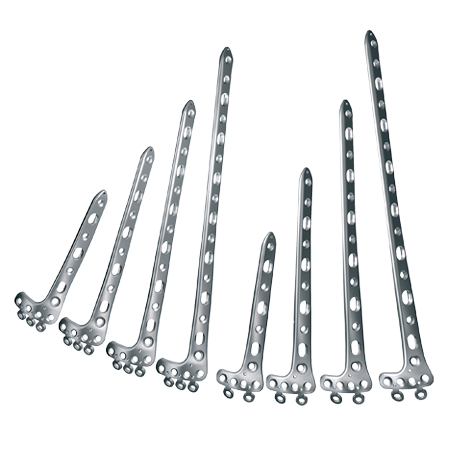



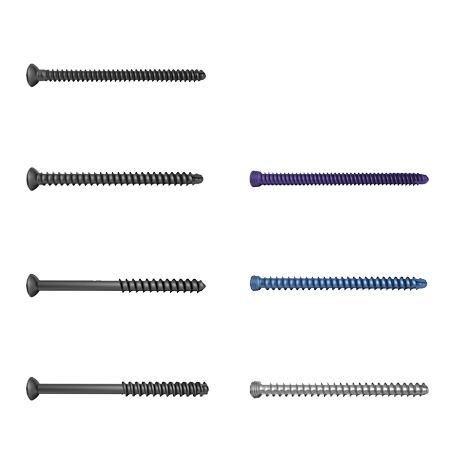

Education
Literature
Surgical Approach The A.L.P.S. Distal Tibia Plating System approaches include an antero-medial incision, a standard anterior incision, or the lateral Bohler approach. When plating the fibula through a standard lateral approach, the surgeon should identify the tibial incision first to avoid narrow skin bridges between the two incisions
Videos
A.L.P.S. ® Distal Tibia and Fibula Plating System
Log-in or Register
Additional Information
Related Products
Tailored resources for your patients.
Find videos, articles, and interactive content to guide your patients throughout their surgical journey on ReadyPatient.com, our dedicated patient recovery site.
All content herein is protected by copyright, trademarks and other intellectual property rights, as applicable, owned by or licensed to Zimmer Biomet or its affiliates unless otherwise indicated, and must not be redistributed, duplicated or disclosed, in whole or in part, without the express written consent of Zimmer Biomet.
This material is intended for health care professionals. Distribution to any other recipient is prohibited.
For product information, including indications, contraindications, warnings, precautions, potential adverse effects and patient counseling information, see the package insert or contact your local representative; search this website for additional product information. To obtain a copy of the current Instructions for Use (IFU) for full prescribing and risk information, please visit labeling.zimmerbiomet.com or call 1-800-348-2759, press 4 for 411 Technical Support.
